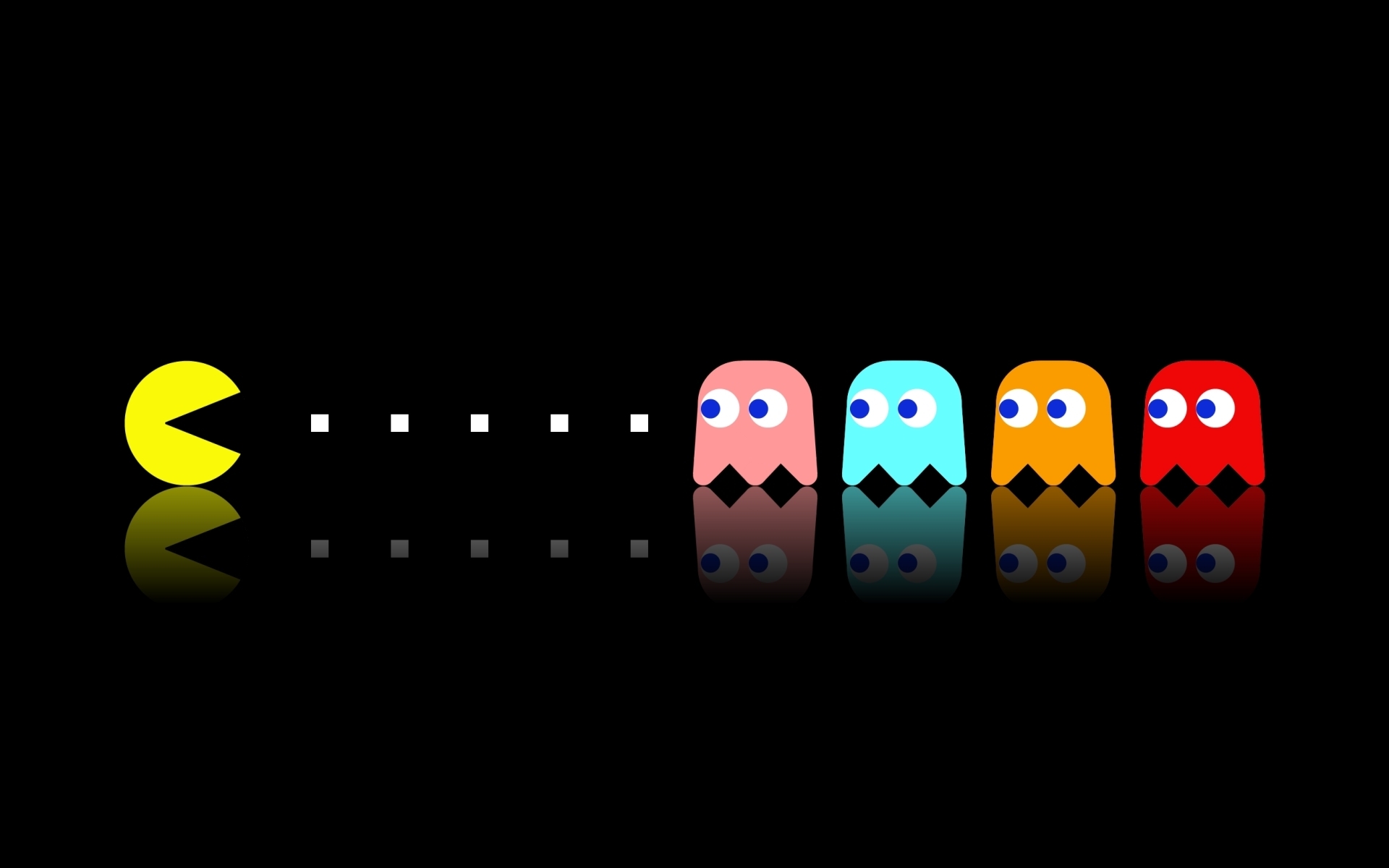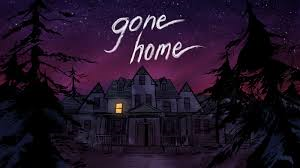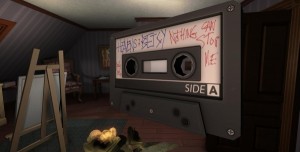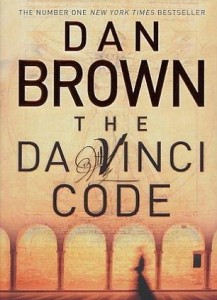 What makes a good character? Certainly you’d want your protagonist to go through some kind of journey. Otherwise you’ll have the kind of short-sighted one-dimensional character that fits in a Dan Brown novel. I’m allowed to poke fun at Dan Brown – he’s laughing all the way to the bank. As interesting as his DaVinci Code novels may be, the characters are one-dimensional and ultimately underdeveloped. Try reading his work and transposing he for she. You’ll quickly find the characters are only there for window dressing, wrapped around a theological essay. His novels struck a chord because contemporary readers are interested in controversy and anything that pokes fun at the establishment from a relatively safe position. The world longs for characters who stick with us, transformative characters who make us examine our own lives. The best stories are filled with characters who feel like real people. It’s the characters who inhabit the story. The rest is window dressing.
What makes a good character? Certainly you’d want your protagonist to go through some kind of journey. Otherwise you’ll have the kind of short-sighted one-dimensional character that fits in a Dan Brown novel. I’m allowed to poke fun at Dan Brown – he’s laughing all the way to the bank. As interesting as his DaVinci Code novels may be, the characters are one-dimensional and ultimately underdeveloped. Try reading his work and transposing he for she. You’ll quickly find the characters are only there for window dressing, wrapped around a theological essay. His novels struck a chord because contemporary readers are interested in controversy and anything that pokes fun at the establishment from a relatively safe position. The world longs for characters who stick with us, transformative characters who make us examine our own lives. The best stories are filled with characters who feel like real people. It’s the characters who inhabit the story. The rest is window dressing.
Grand Theft Auto 4, despite what the mass media would claim is a murder simulator, tells the story of an immigrant searching for a better life. Nico Bellic comes to America after hearing his cousin tell stories of untold riches and easy women only to find his cousin is in debt and the only woman in his life is a cab-company secretary who has no interest in him. Nico, as an ex-Serbian army officer, finds the new city offers few opportunities for immigrants aside from illicit activities, and soon becomes involved in a number of illegal enterprises. From bank robberies to running drugs and assassinations, GTA IV embodies the story of the shattered American dream. While playing Nico Bellic, the player has few opportunities to gain money or status aside from illegal endeavors, and the story manages to latch together the difficulties of relationships. Nico’s dating life, for example, balances the need for money to impress his dates with the expected external image of success required of American life – you can’t go to a club dressed in shabby clothes and driving a hatchback, you need a sports car and a pressed suit. As the game progresses, Nico quickly compromises his principles to chase the ideal American dream, and eventually he’s forced to make the ultimate sacrifice – forced to choose between his love life or his cousin, Nico’s past comes back with a vengeance.
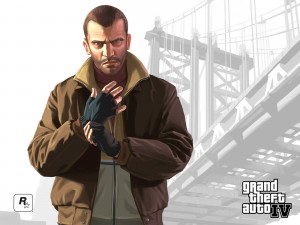 GTAIV works brilliantly because Nico Bellic is a dynamic character. The player is drawn into the world because Nico, through his commentary during missions and cut-scenes, is constantly evolving. He balances his expectation of the easy living American Dream with the harsh reality of life on the streets. As the game opens, you get the sense that Nico wants to be an honest man, and even tries a few honest jobs before the loan sharks who threaten his cousin, Roman, show up. Faced with a moral decision, Nico sides with family. He’s from the old world where your family name and your reputation mean more than anything, and soon he finds himself pulling small crimes to clear the debt Roman owes.
GTAIV works brilliantly because Nico Bellic is a dynamic character. The player is drawn into the world because Nico, through his commentary during missions and cut-scenes, is constantly evolving. He balances his expectation of the easy living American Dream with the harsh reality of life on the streets. As the game opens, you get the sense that Nico wants to be an honest man, and even tries a few honest jobs before the loan sharks who threaten his cousin, Roman, show up. Faced with a moral decision, Nico sides with family. He’s from the old world where your family name and your reputation mean more than anything, and soon he finds himself pulling small crimes to clear the debt Roman owes.
Nico’s story works for two very important reasons. Rockstar Games understands the use of caricature, particularly emphasized with popular American culture. Nico, from the outset, is a tragic character. He cannot succeed. He regrets his involvement in the Serbian war, and though we never learn enough about his past, we learn enough to know he doesn’t want to become the murderous killer he was. But life in America isn’t so simple. To save his reputation and his cousin, Nico has to choose violence, and the price he pays is more than he expected.
Nico’s transformation is what makes GTAIV such an engrossing story, embodying what made cheesy 80’s action flicks worth watching. The iconic action hero who wants to be good is faced with an option that really isn’t an option. Kowtow to brutal authority, or forge your own path for honor and family. We know from the beginning which path Nico will choose, but the knowing doesn’t detract from the journey.
